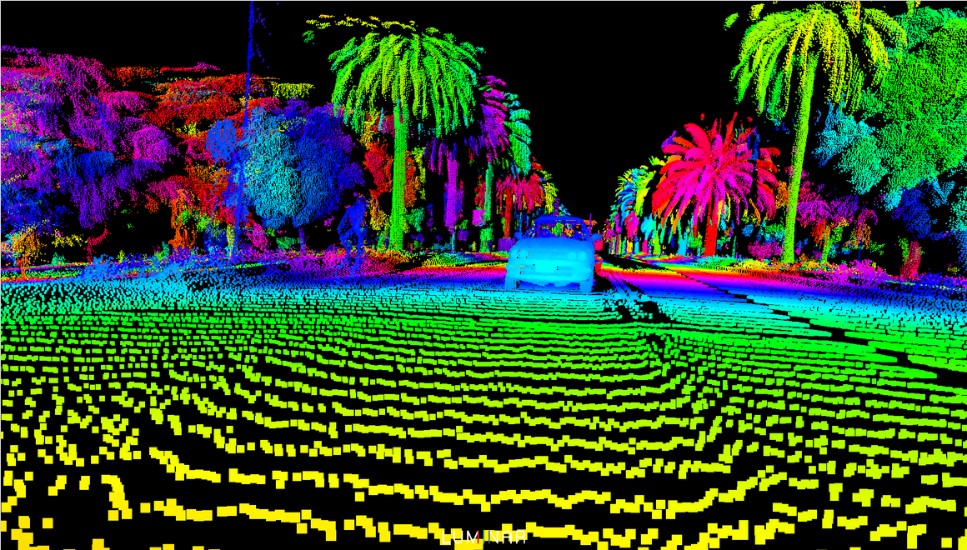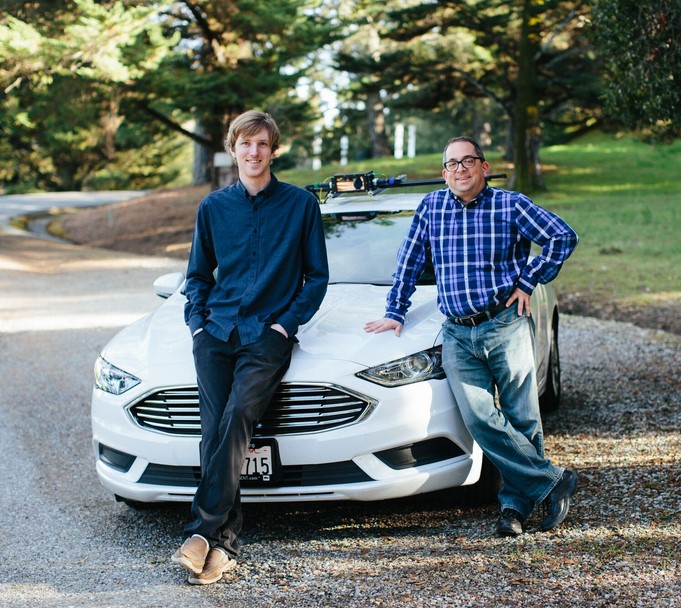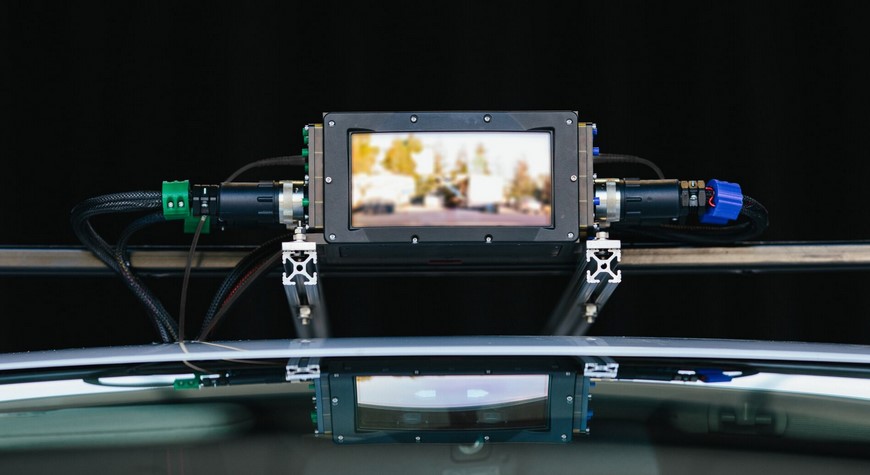The Future of Transportation is Built with Optics Inside
Rebecca Andersen
The race to develop and deploy an autonomous vehicle is fast and furious. Enabling and empowering the next-generation of transportation is optics and photonics. Optical technologies have become essential in automotive applications such as head-up and inside vehicle displays. Luminar Technologies, Inc., a new company headed by CEO Austin Russell and OSA Fellow and CTO Jason Eichenholz, have developed sensors that could make self-driving cars safer than human drivers.
 |
| A single image frame captured with a Luminar LiDAR system |
“LiDAR is the key to making self-driving cars safe and ubiquitous, and optics is at the core of what Luminar is building,” stated CTO and OSA Fellow Jason Eichenholz. “I’ve been working in the photonics industry for more than 25 years, and I’ve never been more excited about how optics and photonics are shaping the future. I know Luminar’s LiDAR system will put safe, autonomous vehicles on the road at massive scale.”
 |
| Pictured: Austin Russell, CEO & Jason Eichenholz, CTO. Image Credit: Luminar |
The Luminar LiDAR system views objects up to 200 meters, at 10 percent reflectivity, and greater than one million points-per-second depth mapping and while remaining above current eye-safe levels. Typical systems see about 30 meters away and when a car is barreling down the highway at 70 miles per hour, the further a sensor can see, the better. Put it all together and it is a challenging physics problem -- one that the Luminar team has overcome by designing from the chip level up.
Located in both Portola Valley, California and Orlando, Florida, the Luminar team has drawn from the proximity to the University of Central Florida’s CREOL for its optics expertise. Matt Weed, Director of R&D explains, “We engineer our own custom optical components for our LiDAR system -- lasers, receivers, chips, packaging and more -- rather than incorporating off-the-shelf components. To do this, we draw upon our vast network within the optics industry for the best materials possible.”
 |
| A Luminar LiDAR system |
